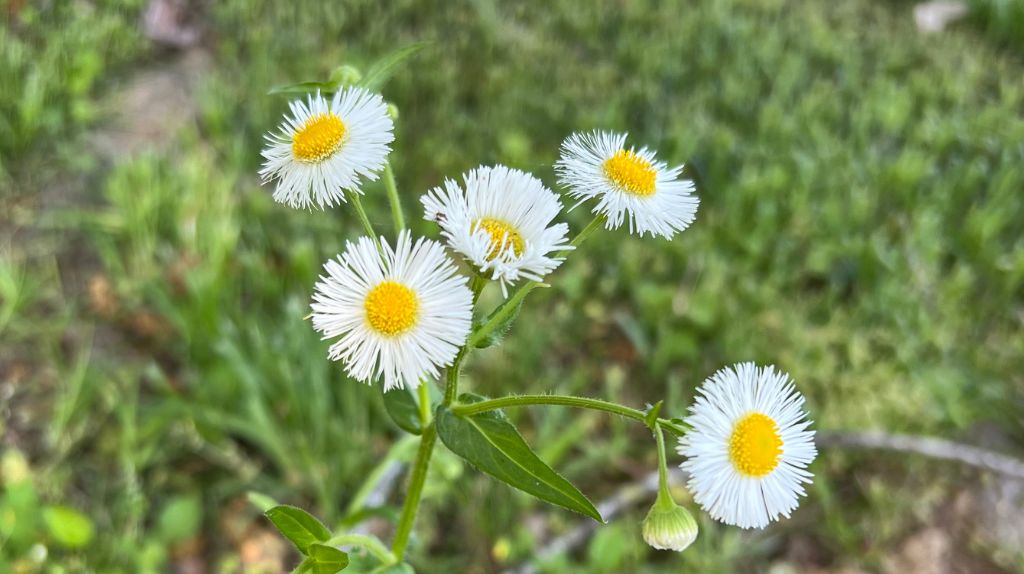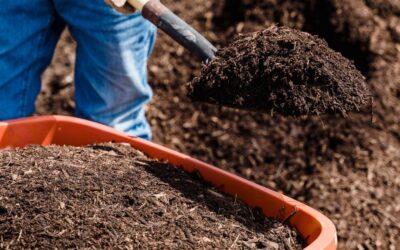How to Prevent Weeds Before They Take Over This Spring in Licking County, Ohio
As the snow melts and temperatures begin to rise in Licking County, Ohio, a silent battle is beginning beneath the soil surface. Weed seeds that have remained dormant through our cold winter months are preparing to germinate and potentially overtake your lawn and garden beds. The good news? With the right preventative approach, you can stop many weeds before they ever break through the soil.
Understanding Licking County’s Weed Challenges
Licking County’s climate and soil conditions create perfect environments for common weeds like:
- Crabgrass and foxtail (particularly problematic in our clay-heavy soils)
- Dandelions (which thrive in our spring conditions)
- Chickweed and henbit (early spring emergers in our region)
- Canada thistle (persistent in rural areas of the county)
Our typical last frost date falls in late April to early May, making mid to late March the ideal time to apply pre-emergent treatments before soil temperatures consistently reach 55°F—the threshold for many weed seeds to germinate.
The Best Pre-Emergent Treatments for Licking County Lawns
Pre-emergent herbicides work by creating a barrier in the soil that prevents weed seeds from developing properly. For Licking County’s predominantly clay soils, consider these effective options:
Chemical Pre-Emergents
- Prodiamine (Barricade) – Particularly effective on our clay soils with a long residual period (up to 4 months), making it ideal for our sometimes unpredictable spring weather patterns
- Dithiopyr (Dimension) – Offers both pre-emergent and early post-emergent control, which is helpful when some early weeds like chickweed have already appeared after our warming spring temperatures
- Pendimethalin – Works well in cooler soil temperatures, making it appropriate for early application in our region
Application Timing: Apply when soil temperatures reach about 50°F for several consecutive days—typically early to mid-March in Licking County. Local extension services often announce when soil temperatures have reached this threshold.
Special Note for Licking County: Many areas of our county have heavy clay soils that require slightly higher application rates (within label limits) for effective barrier formation. Always check product labels for clay soil recommendations.
Organic Weed Control Solutions
For those preferring natural approaches, several organic methods work effectively in our local conditions:
Corn Gluten Meal
A natural pre-emergent that works by inhibiting root formation in germinating seeds. In Licking County’s sometimes wet spring conditions, timing is critical—apply when dandelions are blooming but before rain is forecast. Apply at 20 pounds per 1,000 square feet for our heavier soils.
Vinegar-Based Herbicides
While technically a post-emergent treatment, horticultural vinegar solutions (20% acetic acid) can be effective on early emerging weeds. These work particularly well on driveways and sidewalk cracks where weeds first appear in early spring.
Organic Mulches
In garden beds and around landscape plants, apply a 3-4 inch layer of mulch to suppress weed germination. Hardwood mulches from local Licking County suppliers are ideal as they’re adapted to our soil pH and decompose at appropriate rates for our climate.
Cultural Practices: Maintaining a Thick, Healthy Lawn
Perhaps the most effective long-term strategy against weeds is developing a dense lawn that naturally outcompetes unwanted plants:
Spring Overseeding
For thin areas in cool-season lawns common throughout Licking County, overseed in early spring (March to early April) with:
- Kentucky Bluegrass (for sunny areas)
- Fine Fescue blends (for shaded locations)
- Perennial Ryegrass (for quick coverage in high-traffic areas)
Proper Mowing Height
Set mowers to 3-3.5 inches for our predominantly tall fescue and Kentucky bluegrass lawns. This higher height allows grass to develop deeper roots and shade the soil, preventing weed seeds from receiving the light they need to germinate.
Soil Testing and Appropriate Fertilization
Licking County soils tend to be slightly acidic and often benefit from lime applications. The Ohio State University Extension office in Newark offers affordable soil testing services to determine your lawn’s specific needs. Generally, an application of slow-release fertilizer with a higher nitrogen content (such as 18-0-4) in mid-April helps grass outcompete emerging weeds.
Proper Irrigation
Water deeply but infrequently to encourage deep root growth in your lawn. For most Licking County lawns, 1-1.5 inches of water per week (including rainfall) is sufficient. Consider installing a rain gauge to monitor natural precipitation, which can be quite variable across our county.
Creating a Seasonal Weed Prevention Calendar for Licking County
March (soil temperatures 45-55°F):
- Apply pre-emergent herbicides
- Complete soil testing
- Apply corn gluten meal (organic option)
April:
- Overseed thin lawn areas
- Apply slow-release fertilizer
- Begin proper mowing practices
May:
- Monitor for breakthrough weeds and spot-treat as needed
- Apply mulch to garden beds before summer annual weeds germinate
Late August/Early September:
- Apply fall pre-emergent for winter annual weeds
- Begin fall lawn renovation practices
Local Resources
For Licking County residents, several local resources can provide additional guidance:
- The OSU Extension Office in Newark offers soil testing and lawn consultations
- Local garden centers like Oakland Nurseries and Wilson’s Garden Center carry pre-emergent products appropriate for our specific soil conditions
- The Licking County Master Gardener program offers spring lawn care workshops
By implementing these preventative strategies specifically tailored to Licking County’s conditions, you can significantly reduce weed pressure and enjoy a healthier landscape throughout the growing season. Remember that consistency is key—prevention is always easier than trying to eliminate established weeds once they’ve taken root in our challenging clay soils.



